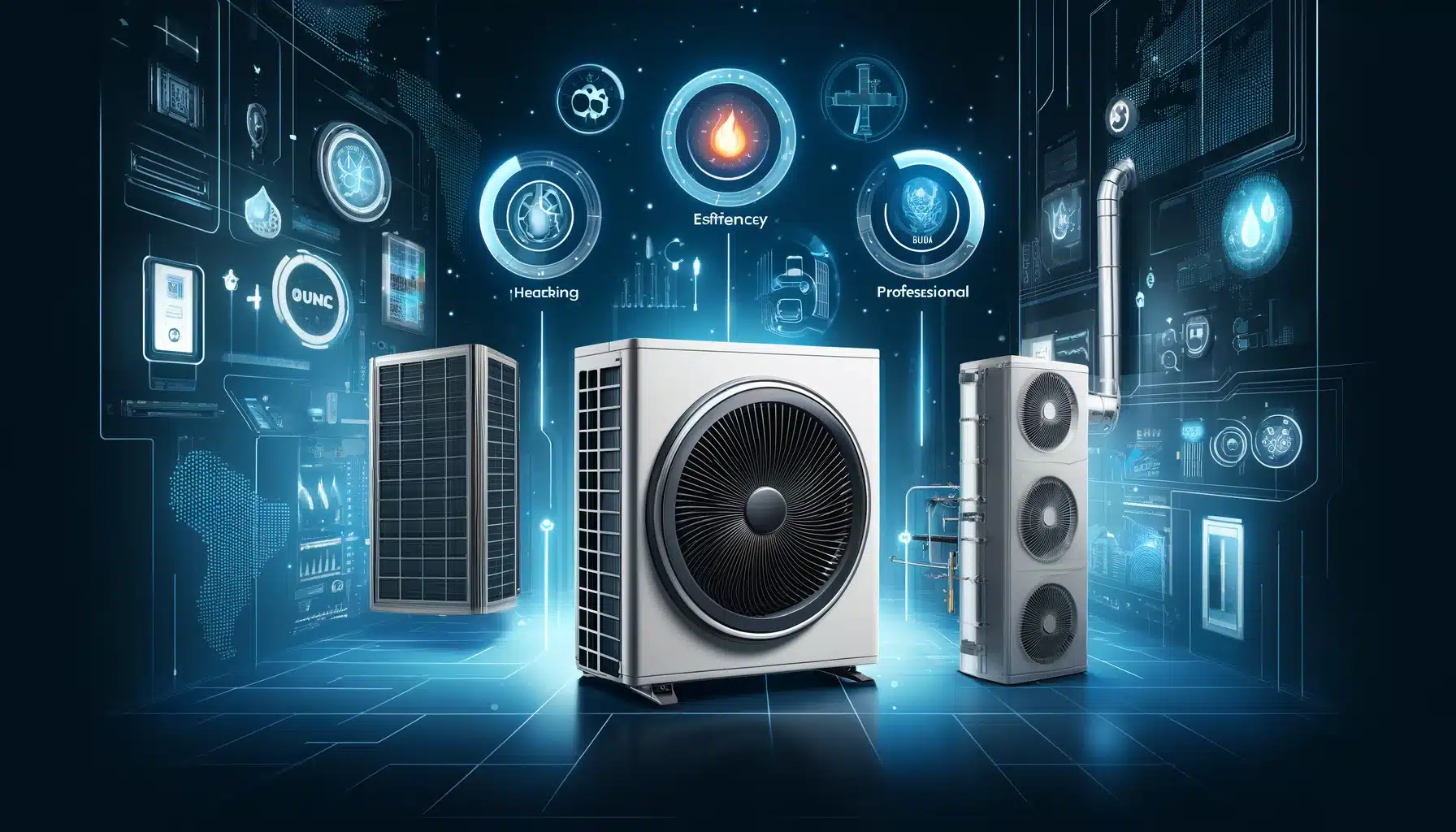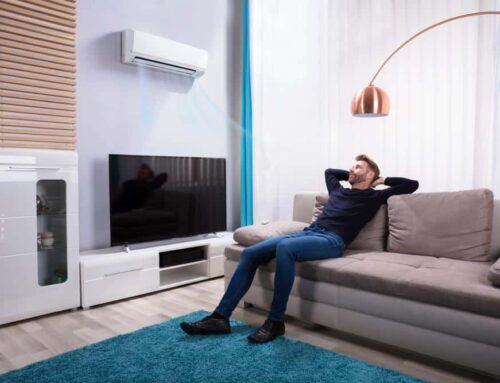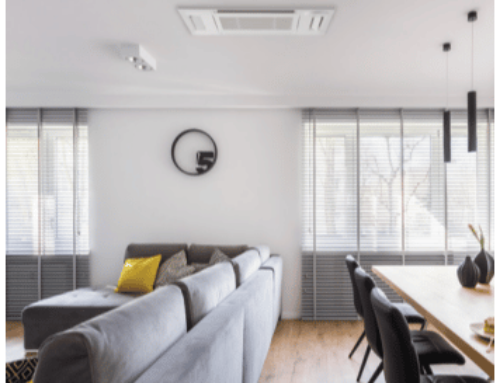Everything You Need to Know About Ductless Mini Split Systems
Introduction
Ductless mini split systems have revolutionized the way we think about heating and cooling our homes. These systems offer an efficient, versatile, and often more economical solution compared to traditional HVAC systems. In this comprehensive guide, we’ll delve into what ductless mini split systems are, how they work, their benefits, and why professional installation is essential for warranty protection and optimal performance.
What is a Ductless Mini Split System?
A ductless mini split system, often simply called a mini split, is a type of HVAC system that provides both heating and cooling without the need for ductwork. These systems consist of an outdoor unit and one or more indoor units, connected by refrigerant lines. This setup allows for flexibility and energy efficiency in managing indoor climate.
How Does a Ductless Mini Split System Work?
Components
- Outdoor Unit: This houses the compressor, condenser coil, and fan.
- Indoor Unit: This includes the evaporator coil and air handler.
- Refrigerant Lines: These lines carry the refrigerant between the indoor and outdoor units.
- Remote Control: Most mini splits come with a remote for easy control of the indoor units.
Operation
The system works by transferring heat between the indoor and outdoor units. In cooling mode, the indoor unit absorbs heat from the room and transfers it to the outdoor unit, where it is expelled. In heating mode, the process is reversed, with the outdoor unit absorbing heat from the outside air and transferring it indoors.
Benefits of Ductless Mini Split Systems
Energy Efficiency
- No Duct Losses: Traditional ducted systems can lose up to 30% of energy through ducts. Mini splits eliminate this loss.
- Zoned Heating and Cooling: Individual indoor units allow for precise temperature control in different areas, reducing energy consumption.
Flexibility
- Easy Installation: No ductwork means simpler installation, making mini splits ideal for retrofitting older homes or adding climate control to new spaces.
- Compact Design: Indoor units are compact and can be mounted on walls, ceilings, or floors.
Improved Indoor Air Quality
- Multi-Stage Filtration: Mini splits often come with advanced filtration systems that remove dust, pollen, and other allergens.
- No Duct Contamination: Without ducts, there’s no risk of dust or mold buildup that can compromise indoor air quality.
Types of Ductless Mini Split Systems
Single-Zone Systems
Ideal for heating and cooling individual rooms or small areas. These systems consist of one outdoor unit connected to one indoor unit.
Multi-Zone Systems
Designed to heat and cool multiple rooms or larger areas. These systems feature one outdoor unit connected to several indoor units, each controlled independently.
Importance of Professional Installation
While ductless mini split systems are known for their ease of installation, it is crucial to have them professionally installed to ensure they function correctly and efficiently. Professional installation also protects the warranty of your system, providing you with peace of mind.
Warranty Protection
Most manufacturers require professional installation by certified technicians to maintain the warranty. Attempting a DIY installation can void the warranty, leaving you unprotected if something goes wrong.
Optimal Performance
Professional installation ensures that the system is sized correctly for your space, placed in optimal locations, and connected properly. This guarantees the best performance and efficiency.
Safety and Compliance
Certified technicians from Adirondack Heat Pumps adhere to local codes and safety standards, ensuring your installation is compliant and safe.
Maintenance Tips for Ductless Mini Split Systems
Regular Cleaning
- Filters: Clean or replace filters every few months to maintain efficiency.
- Indoor Unit: Wipe down the indoor unit to remove dust and debris.
- Outdoor Unit: Ensure the outdoor unit is free from obstructions like leaves or dirt.
Professional Maintenance
- Annual Checkups: Schedule annual maintenance with a professional to inspect and tune up the system.
- Refrigerant Levels: Ensure refrigerant levels are optimal for efficient operation.
Cost Considerations
Upfront Costs
- System Cost: The cost of the system can vary widely based on brand, size, and type. Single-zone systems typically range from $1,500 to $3,000, while multi-zone systems can cost between $3,000 and $10,000.
- Installation Cost: Installation costs vary depending on the complexity of the job and your location. Expect to pay between $500 and $2,000 for professional installation.
Operating Costs
- Energy Savings: Despite the higher upfront cost, mini splits often result in significant energy savings over time due to their high efficiency.
- Maintenance Costs: Regular maintenance costs are relatively low but crucial for ensuring long-term performance.
Comparison with Traditional HVAC Systems
Efficiency
- Ductless Systems: Higher efficiency due to the elimination of duct losses and zoned heating/cooling.
- Traditional Systems: May lose efficiency due to duct leaks and single-zone control.
Installation
- Ductless Systems: Easier and less invasive installation.
- Traditional Systems: Requires extensive ductwork, which can be costly and disruptive.
Comfort
- Ductless Systems: Provide consistent and customizable comfort across different zones.
- Traditional Systems: May struggle to maintain consistent temperature across the entire home.
Environmental Impact
Energy Consumption
Ductless mini splits typically consume less energy, reducing your carbon footprint and lowering utility bills.
Refrigerants
Modern mini splits use eco-friendly refrigerants like R-410A, which have lower environmental impact compared to older refrigerants.
Common Misconceptions
Cost
While the initial cost may be higher, the long-term savings and efficiency of ductless mini splits often outweigh the upfront investment.
Complexity
Many people assume mini splits are complex to operate. In reality, they are user-friendly and offer intuitive controls for ease of use.
FAQs about Ductless Mini Split Systems
How long do ductless mini split systems last?
With proper maintenance, ductless mini splits can last up to 20 years.
Can ductless mini splits work in extreme temperatures?
Yes, modern systems are designed to operate efficiently in a wide range of temperatures, both hot and cold.
Are ductless mini splits noisy?
No, they are typically quieter than traditional HVAC systems, especially the indoor units.
Do I need a mini split in every room?
Not necessarily. Multi-zone systems allow you to connect multiple indoor units to a single outdoor unit, covering several rooms.
Conclusion
Ductless mini split systems offer a versatile, efficient, and cost-effective solution for heating and cooling your home. Whether you’re looking to upgrade your current system or add climate control to a new space, mini splits provide a modern alternative to traditional HVAC systems. By understanding their benefits, maintenance needs, and the importance of professional installation, you can make an informed decision that enhances your comfort while saving energy.





